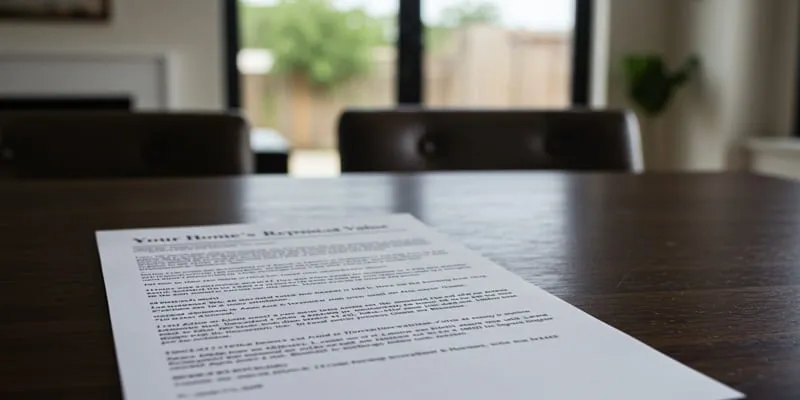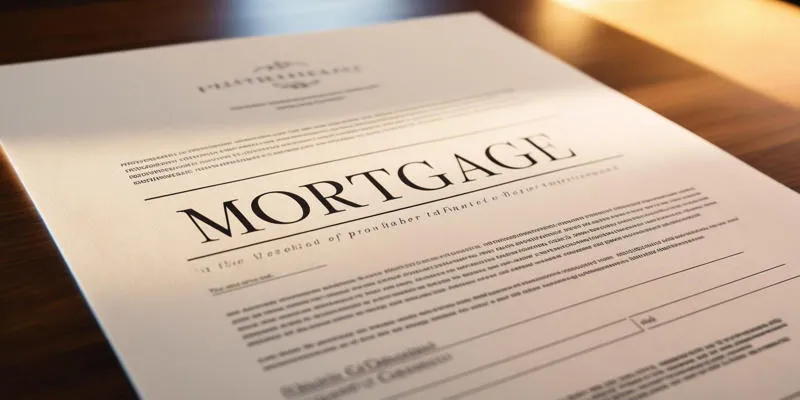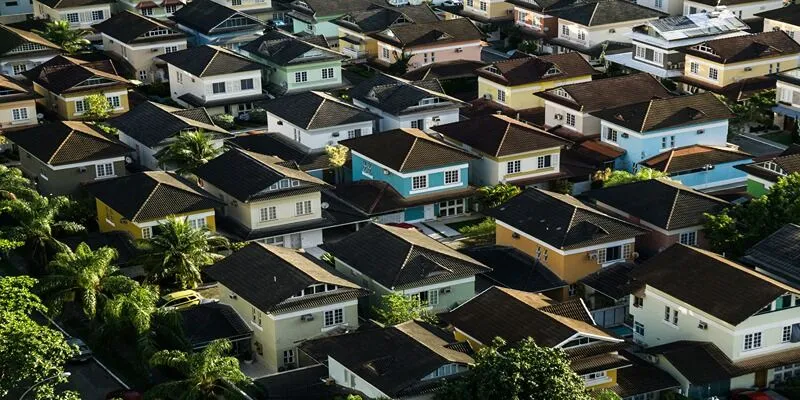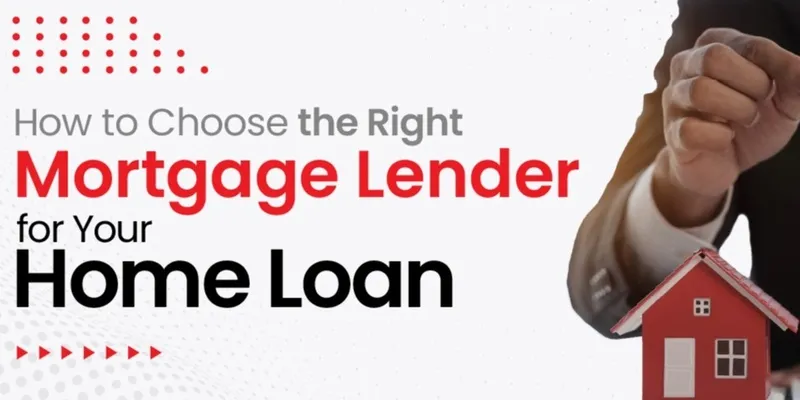How Much Should You Save for a Down Payment on a House? A Complete Guide
Buying a home is an exciting milestone, but it can also feel overwhelming—especially when it comes to the down payment. It’s one of the first financial hurdles you’ll face. For many, determining how much to save can be confusing. How much do you really need to set aside for that down payment? The answer depends on several factors, from the type of mortgage you’re looking for to the home prices in your area.

In this article, we’ll break down everything you need to know about down payments. Whether you’re a first-time homebuyer or planning to purchase your next home, understanding the ins and outs of down payments will help you prepare for this crucial part of the home-buying process.
What Is a Down Payment?
The initial amount you pay towards the purchase of a home is known as a down payment. This is a percentage of the home’s sale price that you pay out of your pocket upfront. Typically, the rest of the home’s cost is covered with a mortgage loan. The more you can afford to pay upfront, the less you’ll have to borrow, increasing your chances of securing a favorable mortgage.

Most home buying transactions involve down payments. However, several factors can affect how much you need to pay upfront. When buying a house, the down payment is often the largest out-of-pocket upfront cost, so it is essential to do your homework and understand how to proceed.
The Typical Down Payment Range
The amount required for a down payment on a house can vary significantly. In general, down payments tend to range from 3% to 20% of the home’s purchase price.
3% Down : Many first-time homebuyer programs, including some offered by the Federal Housing Administration (FHA) and Fannie Mae, allow for as little as 3% down. These programs are designed to make homeownership more accessible, especially for those with limited savings. However, they often come with additional requirements, such as private mortgage insurance (PMI), which protects the lender in case you default.
5% to 10% Down : For conventional loans, you might be expected to put down at least 5% to 10%. While this is still relatively low, you may face higher monthly mortgage payments and stricter approval requirements than with a larger down payment.
20% Down : The traditional recommendation is to save for a 20% down payment. This amount allows you to avoid paying for PMI. Putting down 20% also signals to lenders that you’re a low-risk borrower, which can lead to better interest rates and more favorable loan terms.
In some cases, if you put down less than 20%, lenders may require PMI until you reach 20% equity in your home. This monthly cost can add up, making your mortgage payments higher than they would be with a 20% down payment.
Factors That Influence Your Down Payment
Several factors can affect how much you’ll need to put down. These factors can vary based on where you’re buying, the type of loan you choose, and your financial situation. Below are some key elements to consider when determining your down payment:

Loan Type and Requirements
Different mortgage loans come with different down payment requirements. FHA loans, popular with first-time homebuyers, allow for down payments as low as 3.5%. However, they also require mortgage insurance, which increases your monthly payments. On the other hand, conventional loans typically require a higher down payment, though they may offer better long-term terms, especially if you can make a 20% down payment.
Location of the Home
The price of homes varies greatly from one location to another. In some high- cost areas, like major cities or sought-after neighborhoods, homes may be priced so high that even a 20% down payment is out of reach. In contrast, in rural areas or regions with more affordable housing, a smaller down payment might be enough to secure your new home.
Your Financial Situation
Your credit score and debt-to-income ratio will also play a role in determining how much down payment you’ll need. Lenders want to see that you’re financially stable enough to make your monthly mortgage payments. The better your credit score, the less likely you’ll be to face strict down payment requirements. If your credit is less-than-perfect, however, you may be asked to put down more to secure a loan.
What Happens if You Can’t Afford a 20% Down Payment?
If you can’t afford a 20% down payment, don’t worry. While it’s the ideal target for many homebuyers, it’s not a requirement for all loans. You can still buy a home with a smaller down payment.
However, there are a few trade-offs to consider:
Private Mortgage Insurance (PMI) : If your down payment is less than 20%, you may be required to pay PMI, which protects the lender if you default on your loan. This additional monthly cost can add hundreds of dollars to your mortgage payment, so it’s something to keep in mind when deciding how much to save.
Higher Interest Rates : Lenders may charge higher interest rates if you make a smaller down payment, as they view borrowers with lower equity as higher risk. A higher interest rate means you’ll end up paying more in the long term.
Even though a 20% down payment is ideal, there are still plenty of options for buyers who can’t reach that amount. The key is understanding the trade-offs and making sure you’re comfortable with your loan terms.
Conclusion
When considering how much to save for a down payment on a house, there’s no one-size-fits-all answer. The amount you’ll need depends on your home’s price, your loan type, and your financial situation. While saving 20% for a down payment is ideal, it’s not always necessary, and many buyers opt for smaller down payments. The important thing is to plan ahead, understand your options, and save as much as possible to secure the best mortgage terms.






